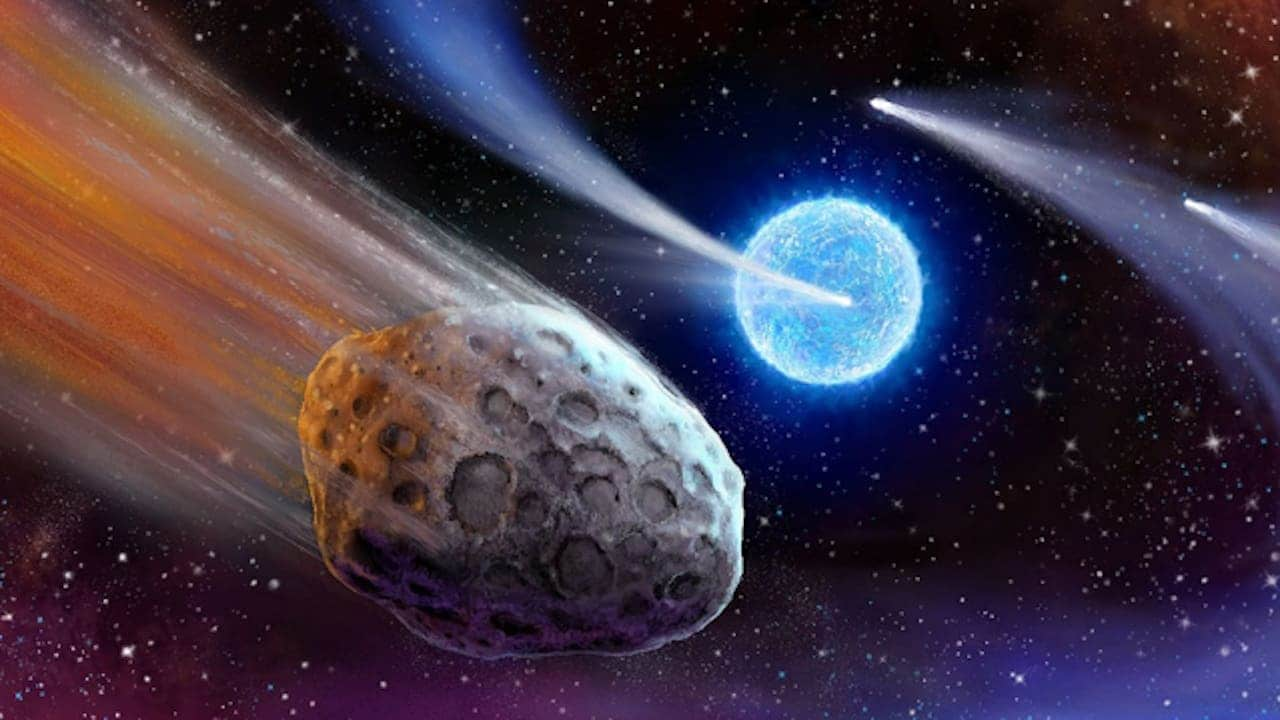Our home planet Earth we live on is stationed at the " not too hot- not too cold-just right" zone around the Sun, which among the Astronomers is known with an alluring term - the Goldilocks Zone. It just means that it is the exact position for the life on planets to begin, evolve and thrive.
The Solar System(The Sun and its Eight Planets), we belong to, is cornered at one of the arms of the galaxy called the Milky Way. Our Sun is not the only star here and our neighbouring planets not the only planets around here. There are just billions of stars, bigger or smaller than our Sun, going around a Black hole positioned at the centre of our Milky Way, just enormous amount of it in our Galaxy alone! How enormous is it? To add, there are trillions of galaxies and in each, billions of stars. How do you term enormous now? Doesn't it seem miniscule?
Stars are a source of great deal of energy giving out huge amount of light every now and then. The light that it gives start their voyage and goes on and on. The time it takes to reach us depends on it's distance from us. For example, the Sun's light takes us only few minutes to reach us but the stars that are far away takes some time even more to reach our sky and if the Sun dies out, we would know it in few minutes (Not instantly but only after 8 minutes) but what about the stars that are far away? It takes a lot of time for us to know. If you are looking now at the sky, for what you think is present, you are actually looking into the past!
The stars we look at, twinkling in the night sky as tiny dots, lit on and off like the chain of LED light bulbs that beautify the streets and trees on Thiruvila days, are actually far away, so far away that their light once given out years or even eons ago, reach us only now.. The reason the stars looks as tiny dots owes to its distance and its twinkling nature has to do with our Atmosphere. Our Atmosphere is a vast region around the planet containing many layers with different temperature and lumps of atoms of different densities bending the starlight as much as it needs and making it appear as tiny bulbs going on and off, thus achieving the status of concealing the power of the octillion watt bulbs on sky.
So next time someone asks you, do the stars twinkle, just say, "They don't. It is the atmosphere that make them twinkle".
To be continued...
Brundha


This comment has been removed by the author.
ReplyDelete👏🏻✨👌🏻
ReplyDelete💥🤩
ReplyDelete